Method on Alzheimer’s Disease Classification Utilizing Fuzzy Logic Feature Selection and Heterogeneous Ensemble Learning
-
摘要: 阿尔茨海默症(AD)分类有助于在AD早期阶段及时采取针对性的治疗和干预措施,对降低老年群体的AD发病率和延缓AD疾病进展具有重要意义。该文提出一种改进的高斯模糊逻辑特征选择方法,首先采用互信息量和方差齐性分析两种方法给出特征重要性评分并分别进行归一化,然后使用改进的高斯模糊逻辑方法对其加权得到最终的特征重要性评分,最后依据特征重要性评分选取特征。该文还使用逻辑回归、随机森林、LightGBM、支持向量机和深度前馈网络作为初级分类器,多项式朴素贝叶斯分类器作为次级分类器,构建异质集成分类器,利用选取的特征进行AD分类。在TADPOLE数据集上进行实验,实验结果证实了所提特征选择方法是有效的,且采用所提特征选择方法,基于多项式朴素贝叶斯的异质集成分类器在AD分类上的性能要优于传统分类器。Abstract: Early diagnosis of dementia is critical for timely treatment and intervention. Alzheimer’s Disease(AD) classification is an effective method on identifying AD at its early stage. In this paper, a feature selection method using improved Gauss fuzzy logic is proposed. Firstly, the normalized feature importance scores are calculated utilizing mutual information and variance analysis respectively. Then the final feature importance score is obtained by using improved Gauss fuzzy logic. At last, the features for AD classification are selected in accordance with the feature importance score. Furthermore, the heterogeneous ensemble classifier is constructed to classify AD patient utilizing selected features, which using logistic regression, random forest, LightGBM, support vector machine and depth feedforward network as primary classifier and multinomial naive Bayes classifier as secondary classifier. The proposed AD classification method is evaluated on the TADPOLE dataset. The experimental results show that the proposed feature selection method is effective and the integrated classifier based on Bayesian fusion is better than other conventional classification model on AD classification using the proposed feature selection method.
-
表 1 特征重要性评分排序前10的特征
序号 特征标签 特征说明 特征重要性评分 1 Hippocampus 海马体(hippocampus)体积 0.0437339 2 ST29SV 左海马体(left hippocampus)体积 0.0423217 3 ST88SV 右海马体(right hippocampus)体积 0.0410883 4 Entorhinal 内嗅皮层(entorhinal)体积 0.0375120 5 MidTemp 中颞叶(Midtemp)体积 0.0304293 6 ST123CV 右侧未定义区域(皮层分割)体积 0.0302178 7 ST64CV 左侧未定义区域(皮层分割)体积 0.0300861 8 ST24CV 左内嗅皮层(left entorhinal)体积 0.0296456 9 ST12SV 左杏仁核(left amygdala)体积 0.0286703 10 ST40CV 左中颞叶(left middle temporal)体积 0.0281707 表 2 分类器时间复杂度分析
分类器 训练所用时间(s) LR 0.0468 RF 0.6396 SVM 0.3744 LGB 0.6084 DFN 1.2948 MultinomialNB 0.0001 多项式朴素贝叶斯融合异质集成分类器 2.9641 -
[1] LEANDROU S, PETROUDI S, KYRIACOU P A, et al. Quantitative MRI brain studies in mild cognitive impairment and Alzheimer’s disease: A methodological review[J]. IEEE Reviews in Biomedical Engineering, 2018, 11: 97–111. doi: 10.1109/rbme.2018.2796598 [2] BASKAR D, JAYANTHI V S, and JAYANTHI A N. An efficient classification approach for detection of Alzheimer’s disease from biomedical imaging modalities[J]. Multimedia Tools and Applications, 2019, 78(10): 12883–12915. doi: 10.1007/s11042-018-6287-8 [3] ADANI G, FILIPPINI T, GARUTI C, et al. Environmental risk factors for early-onset Alzheimer’s dementia and frontotemporal dementia: A case-control study in northern Italy[J]. International Journal of Environmental Research, 2020, 17(21): 7941. doi: 10.3390/ijerph17217941 [4] BYEON H. A prediction model for mild cognitive impairment using random forests[J]. International Journal of Advanced Computer Science and Applications (IJACSA) , 2015, 6(12): 8–12. doi: 10.14569/IJACSA.2015.061202 [5] NORI V S, HANE C A, CROWN W H, et al. Machine learning models to predict onset of dementia: A label learning approach[J]. Alzheimer’s & Dementia: Translational Research & Clinical Interventions, 2019, 5(1): 918–925. doi: 10.1016/j.trci.2019.10.006 [6] DYRBA M, BARKHOF F, FELLGIEBEL A, et al. Predicting prodromal Alzheimer’s disease in subjects with mild cognitive impairment using machine learning classification of multimodal multicenter diffusion-tensor and magnetic resonance imaging data[J]. Journal of Neuroimaging, 2015, 25(5): 738–747. doi: 10.1111/jon.12214 [7] IERACITANO C, MAMMONE N, HUSSAIN A, et al. A novel multi-modal machine learning based approach for automatic classification of EEG recordings in dementia[J]. Neural Networks, 2020, 123: 176–190. doi: 10.1016/j.neunet.2019.12.006 [8] PHAM K, KIM D, PARK S, et al. Ensemble learning-based classification models for slope stability analysis[J]. CATENA, 2021, 196: 104886. doi: 10.1016/j.catena.2020.104886 [9] MA J, CHEN S, and XU Y. Fuzzy logic from the viewpoint of machine intelligence[J]. Fuzzy Sets and Systems, 2006, 157(5): 628–634. doi: 10.1016/j.fss.2005.10.008 [10] 褚征, 于炯. 基于随机森林的流处理检查点性能预测[J]. 电子与信息学报, 2020, 42(6): 1452–1459. doi: 10.11999/JEIT190552CHU Zheng and YU Jiong. Performance prediction based on random forest for the stream processing checkpoint[J]. Journal of Electronics &Information Technology, 2020, 42(6): 1452–1459. doi: 10.11999/JEIT190552 [11] 钱亚冠, 卢红波, 纪守领, 等. 基于粒子群优化的对抗样本生成算法[J]. 电子与信息学报, 2019, 41(7): 1658–1665. doi: 10.11999/JEIT180777QIAN Yaguan, LU Hongbo, JI Shouling, et al. Adversarial example generation based on particle swarm optimization[J]. Journal of Electronics &Information Technology, 2019, 41(7): 1658–1665. doi: 10.11999/JEIT180777 [12] BAGUI S, DEVULAPALLI K, and JOHN S. MapReduce implementation of a multinomial and mixed naive Bayes classifier[J]. International Journal of Intelligent Information Technologies (IJⅡT) , 2020, 16(2): 1–23. doi: 10.4018/ijiit.2020040101 [13] KHAIRALLA M A, NING X, AL-JALLAD N T, et al. Short-term forecasting for energy consumption through stacking heterogeneous ensemble learning model[J]. Energies, 2018, 11(6): 1605. doi: 10.3390/en11061605 [14] MARINESCU R V, OXTOBY N P, YOUNG A L, et al. TADPOLE challenge: Prediction of longitudinal evolution in Alzheimer’s disease[J]. arXiv: 1805.03909v2, 2018. [15] ADNI. Cross-sectional FreeSurfer (6.0)[EB/OL]. https://adni.bitbucket.io/reference/ucsffsx6.html, 2020. -






 下载:
下载:
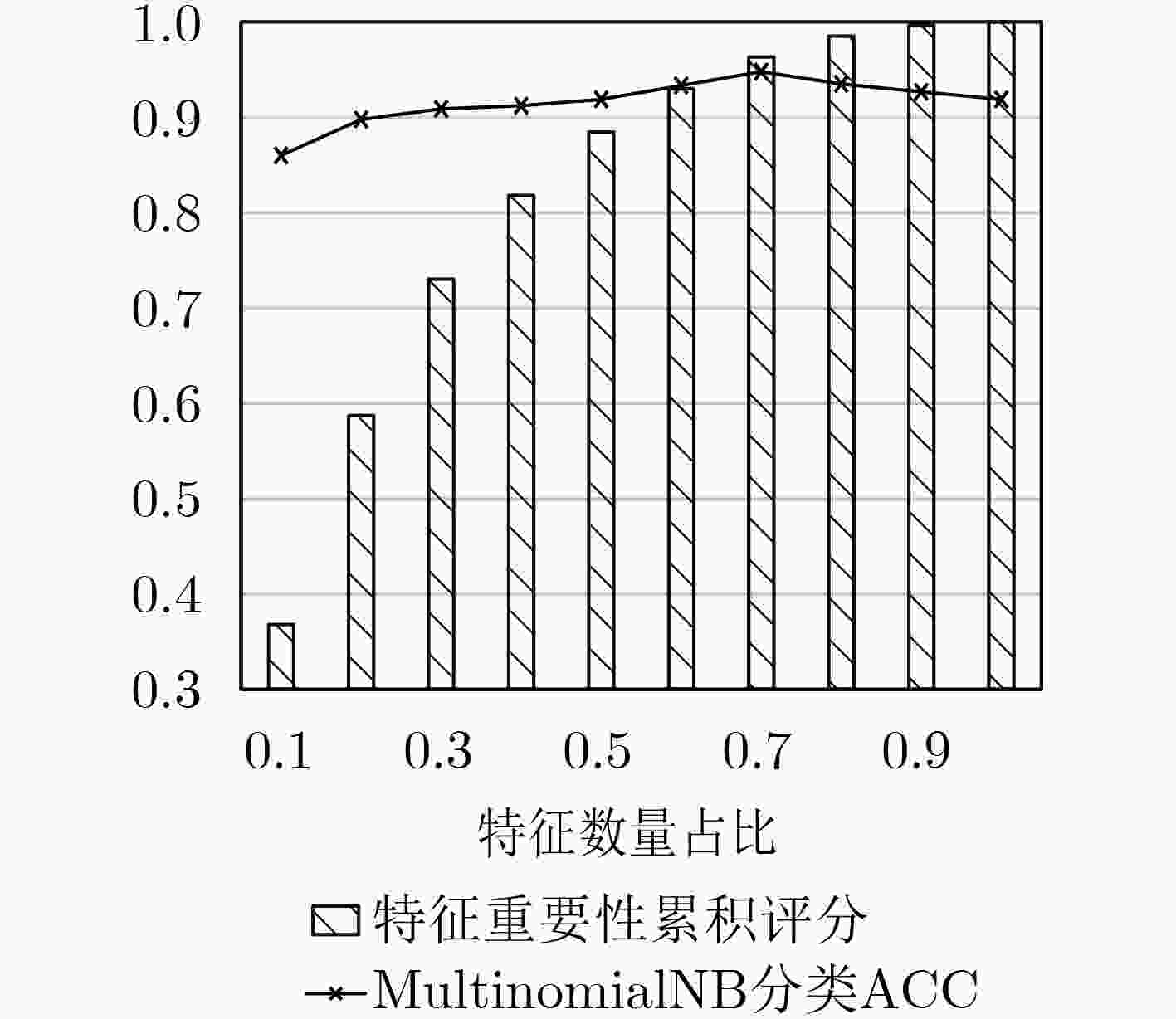
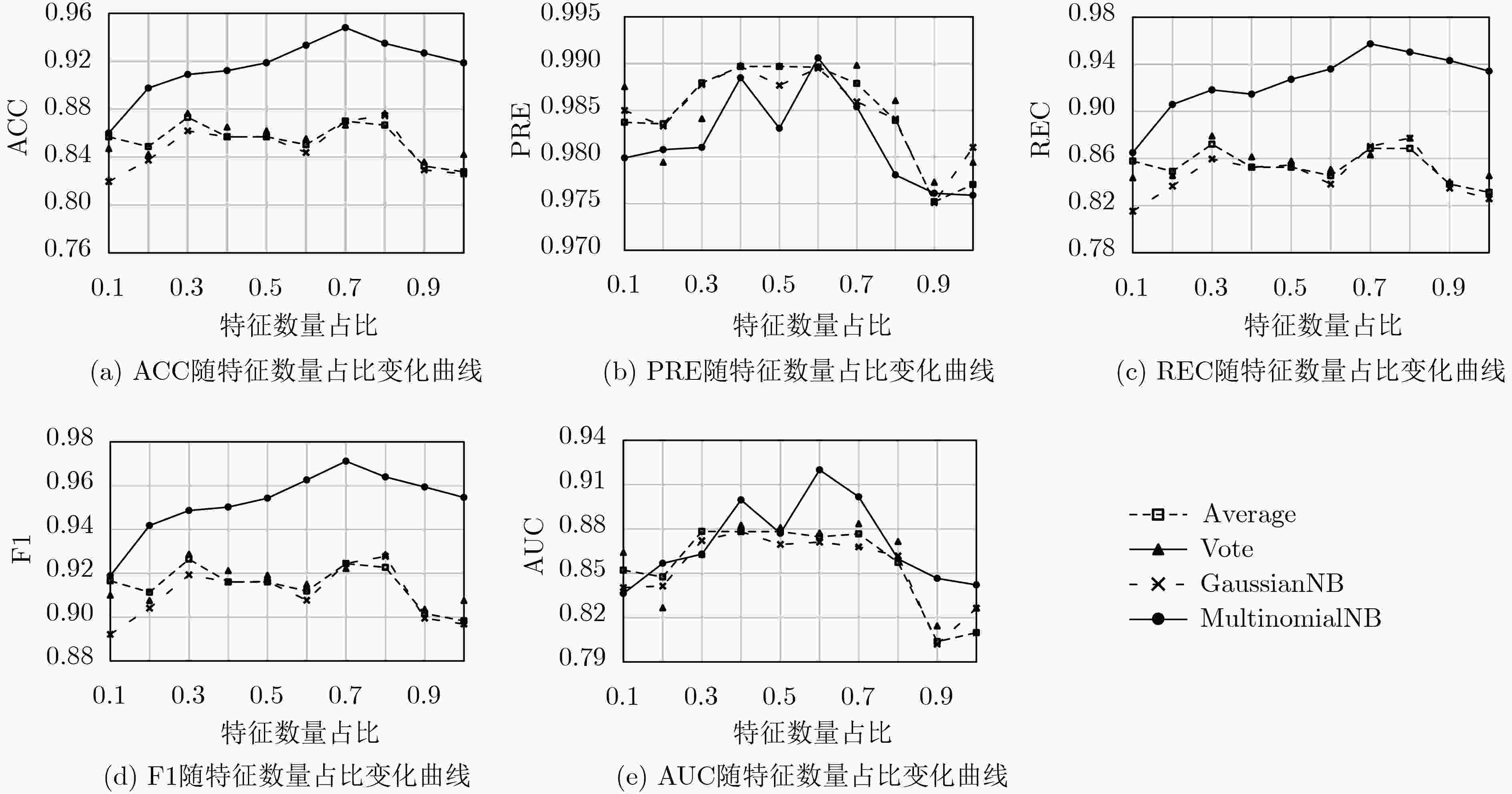
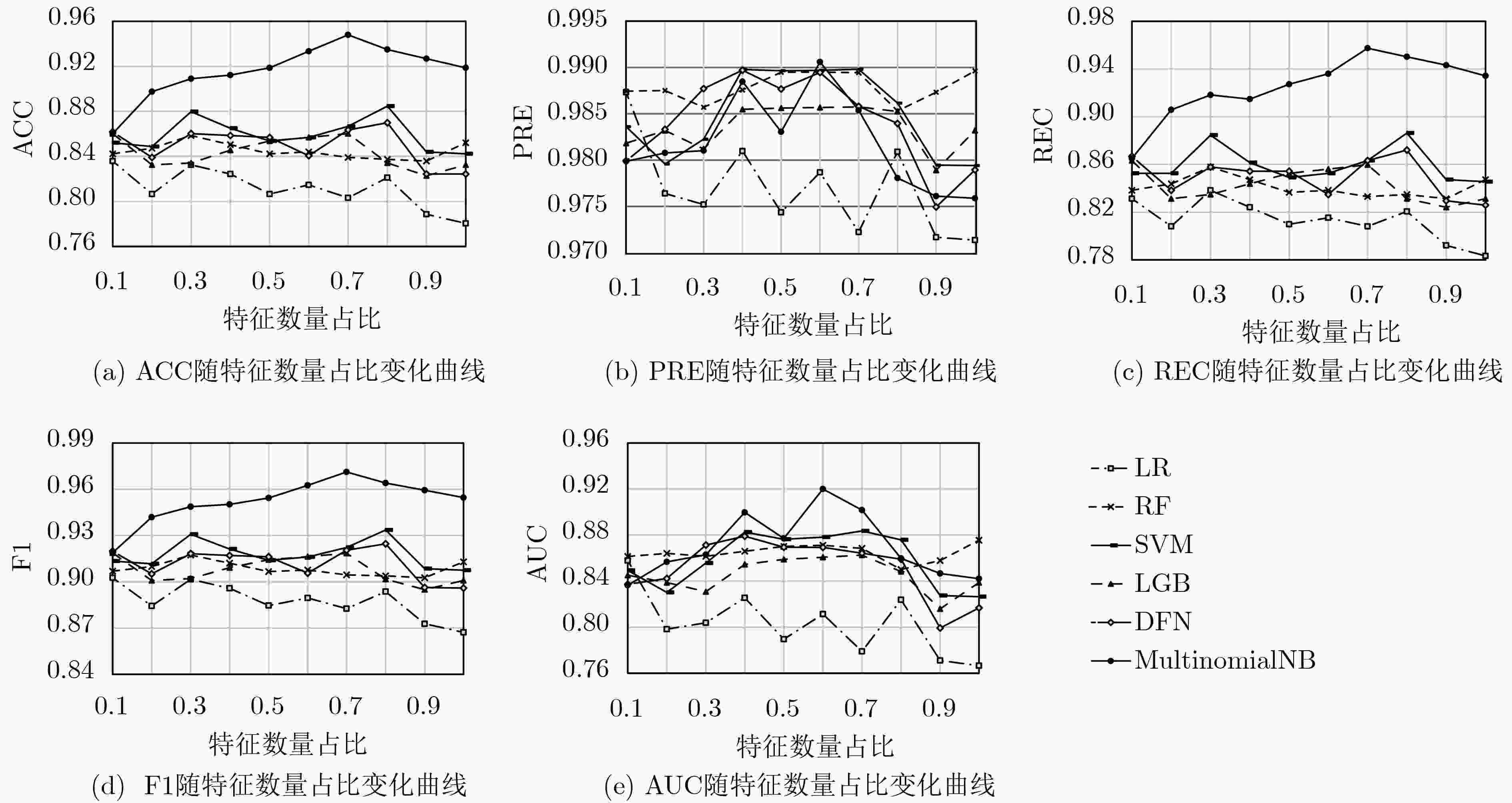
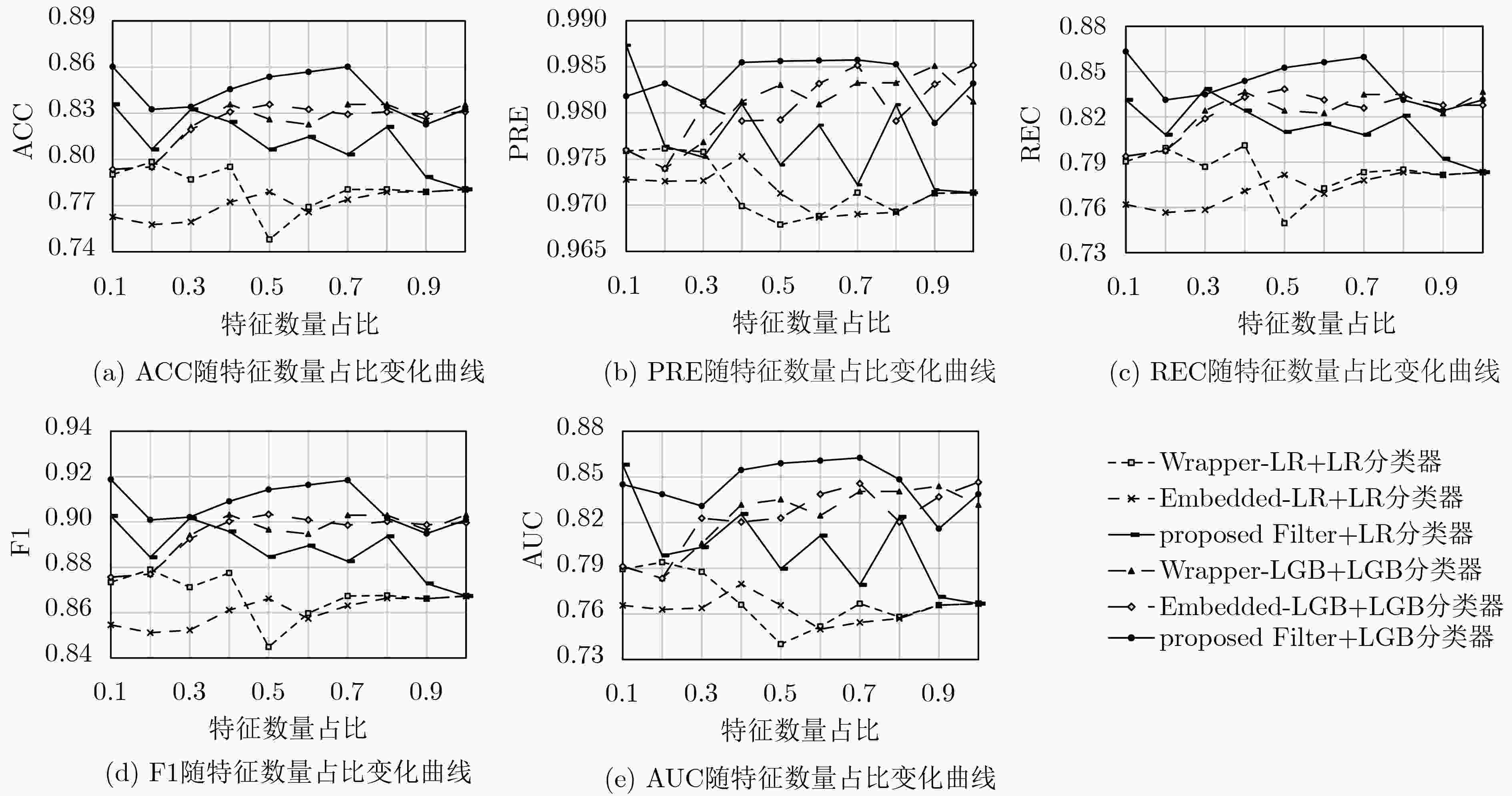
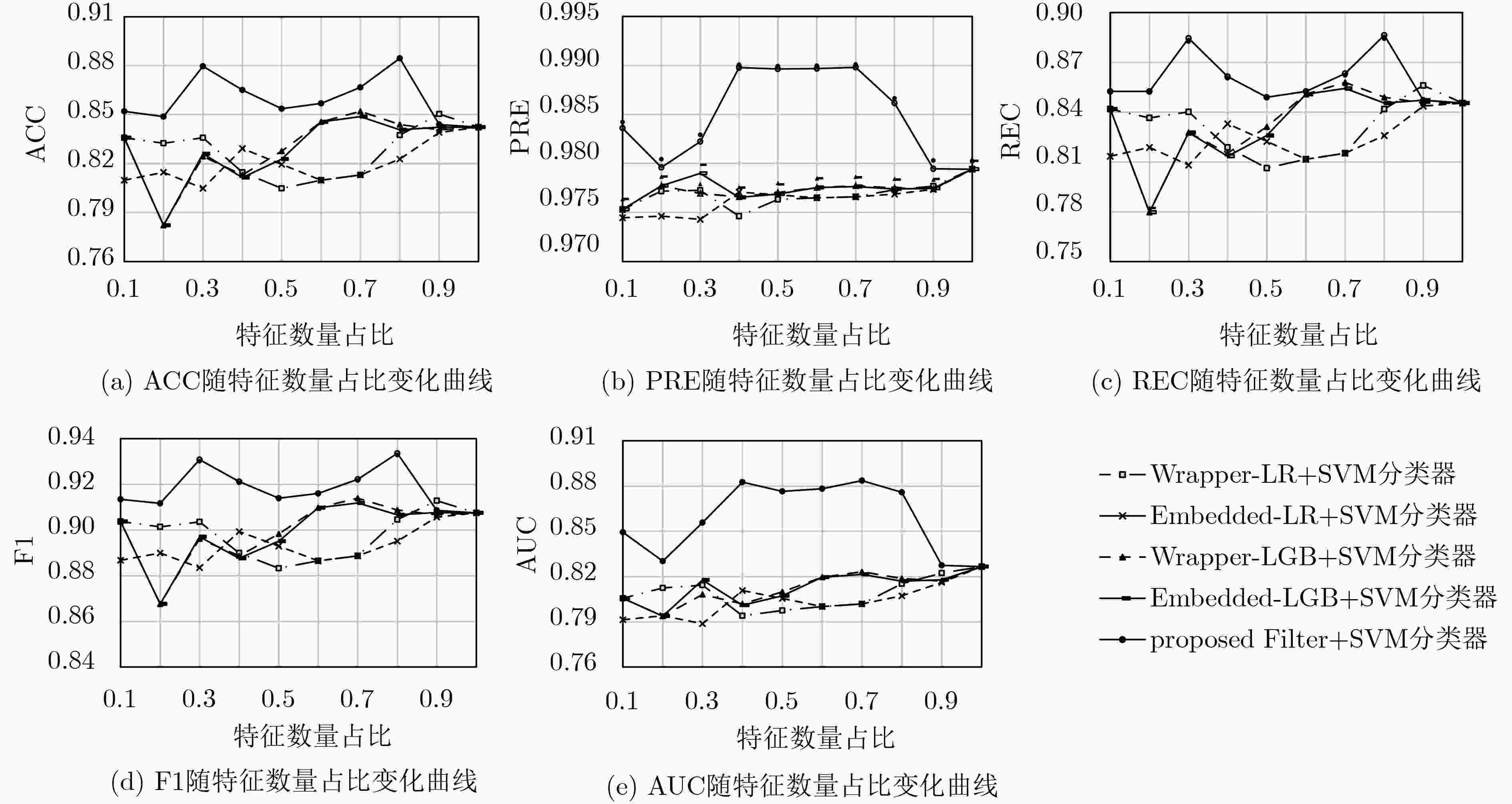


 下载:
下载:
